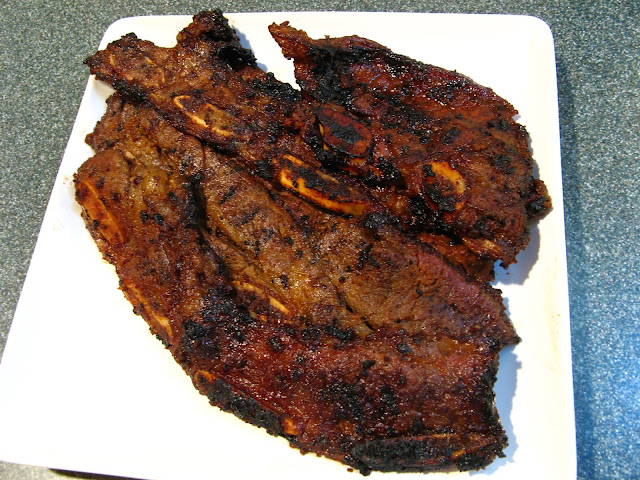I bought a clay pot recently and used it to make this dish.
Clay pots need to be prepared before using for the first time to prevent
cracking. I used this website for advice: Clay
Pot Use and Maintenance Tips at Chinese Soup Pot. Since the pork spareribs
take some time to cook and to cook the dish all at once, the other ingredients used
were chosen to hold up to the cooking time (the green onions and basil leaves
are added after cooking is complete).
The pork spareribs are placed into the clay pot first after
being stir fried. Since the pork spareribs are in contact with the clay pot
during cooking, the meat gets an added flavorful crust that cannot be obtained
by just stir frying. I’ve seen some recipes where the browning is done in the
clay pot, rather than a wok, but using high heat with a clay pot can crack it,
so I used the wok for browning. Another advantage of using a clay pot is that
it also serves as the serving dish and keeps the contents hot.
Enjoy!









